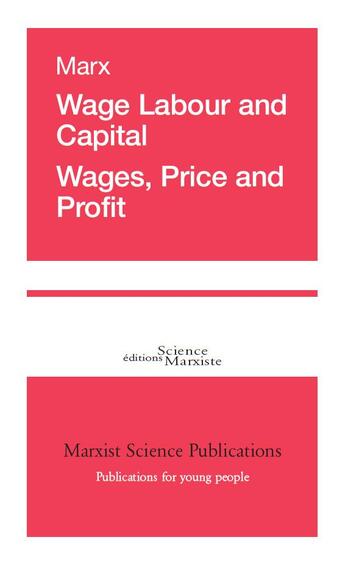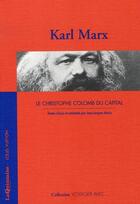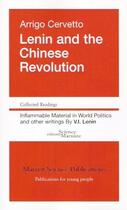Résumé:
Wage Labour and Capital finds all its richness and modernity in its combination between the aim for which it was written and its key idea. Accaording to the latter, it is the nature of capitalism to conceal relations among people under the appearance of relations among « things ». The mysterious... Voir plus
Wage Labour and Capital finds all its richness and modernity in its combination between the aim for which it was written and its key idea. Accaording to the latter, it is the nature of capitalism to conceal relations among people under the appearance of relations among « things ». The mysterious characteristics of such « things » as capital or wages can be clarified by tracing them back to their underlying relations, relations among people. What explains the topicality of this text is precisely the fact that the fundamental relation, even today, has not changed. Society is founded on the relation established between the minority of people who monopolise the means of production - capitalists - and the vast majority of those who are without them and who are therefore obliged to sell their capacity to work - wage earners.
Wages, Prices and Profit had the same aim. Originally it was a document read by Marx in the course of two sessions of the General Council of the International Worgingmen's Association, better known today as First International. In these addresses, Marx answered the questions raised by John Weston about the impact of the increase in wages on the workers' situation and the position of the trade unions in wage battles. The « novelties » the leaders of the First International had the chance to know in preview were none other than the discovery ot the « value of labour » or, more precisely, of the fact that it is impossible to determine this value without introducing the concept of « labour-power ». Wages, Price and Profit thus constitutes the first scientific explanation ot the mechanism of capitalist exploitation.
Donner votre avis
















